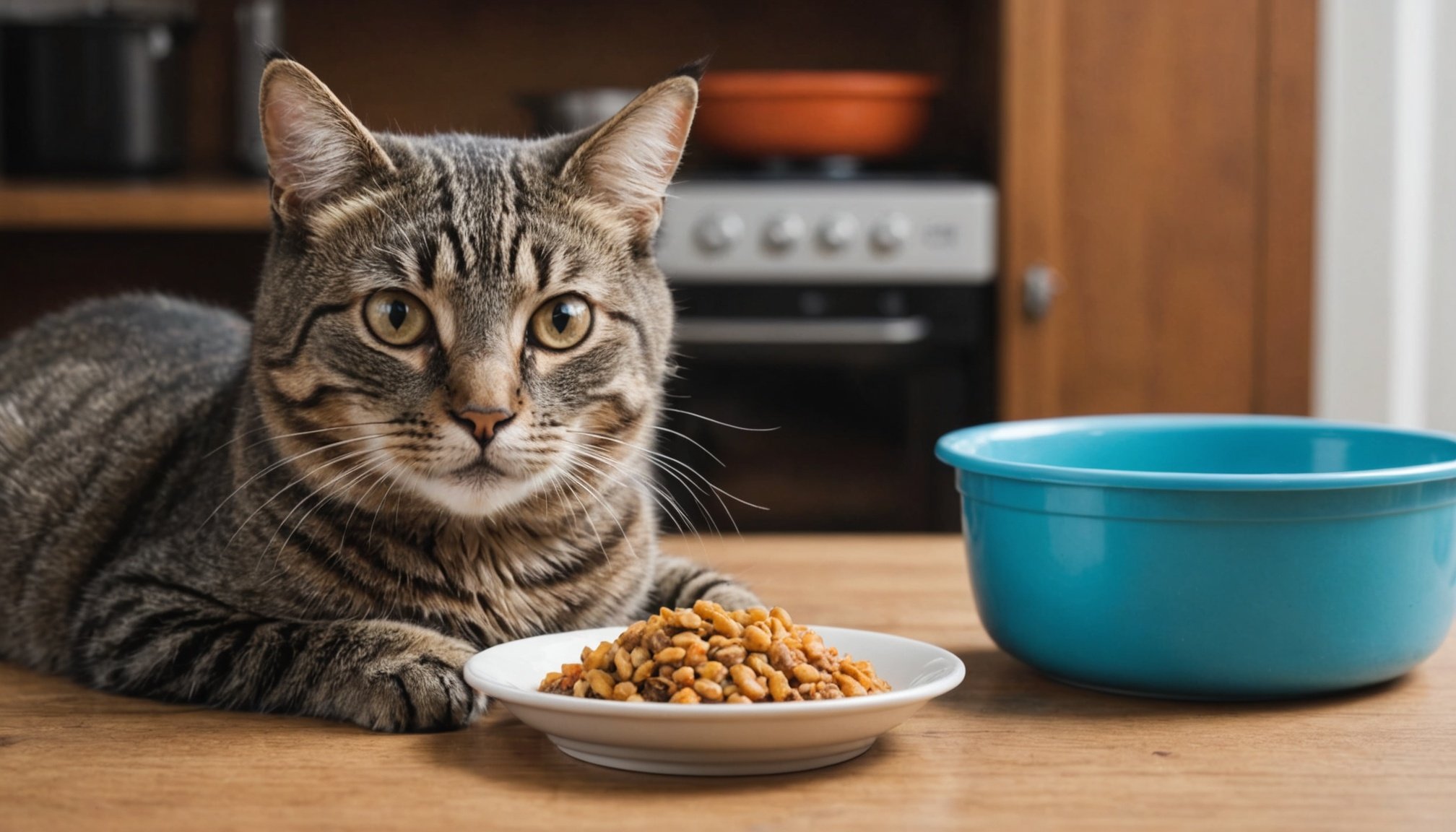Transitioning your beloved feline to a new type of food can be a daunting task. Cats are known for their sensitive palates and sudden changes in diet can upset their digestive systems. As responsible pet owners, it’s crucial to approach this transition with care, ensuring that your furry friend remains happy and healthy throughout the process. This article delves into the best practices for making this switch, offering valuable insights to keep both you and your cat content.
Understanding Your Cat’s Dietary Needs
Before embarking on a food transition, it’s paramount to understand the unique dietary needs of your cat. Cats are obligate carnivores, meaning their diet should primarily consist of animal-based proteins. Unlike dogs or humans, they lack the necessary enzymes to process plant-based nutrients efficiently. Providing them with the right balance of proteins, fats, vitamins, and minerals is essential for maintaining their health.
This might interest you : How do I recognize and treat common skin conditions in cats?
When choosing a new food type, consider the age, health status, and specific dietary requirements of your cat. Kittens need different nutrients compared to adult or senior cats. Cats with specific health issues like diabetes or kidney disease may require specialized diets. Consulting your veterinarian can offer tailored advice ensuring your cat receives the appropriate nutritional benefits.
Moreover, modern pet foods come in various forms – dry, wet, and raw. Each has its advantages and limitations. Dry food is convenient and tends to be more affordable, while wet food helps with hydration and may be more palatable. Raw food diets are gaining popularity due to their natural composition but require careful handling to avoid contamination. Knowing your cat’s current preferences and health needs will guide you in selecting the most suitable option.
Choosing the Right Food
Selecting the right food for your cat is an integral step in the transition process. With a plethora of options on the market, making an informed choice can be overwhelming. Prioritize quality over quantity. Opt for reputable brands known for their commitment to nutritional integrity and safety standards.
When examining food labels, look for a high percentage of meat content as the primary ingredient. Avoid foods with unnecessary fillers like corn or soy, which may not provide any nutritional value. Grains aren’t inherently bad, but some cats may have sensitivities, so monitor their reaction closely.
Consider introducing a novel protein if your cat has developed a sensitivity to its current diet. Novel proteins, such as venison or duck, can sometimes alleviate food-related allergies. However, be sure to consult with your veterinarian before making drastic changes.
Reading reviews and seeking recommendations from fellow cat owners can also prove beneficial. Keep an eye out for any recalls or controversies involving the brand you intend to choose. An informed decision will set the stage for a smoother transition.
Implementing a Gradual Transition
Once you’ve selected the new food, the transition should be gradual to avoid any digestive upsets. Start by mixing a small portion of the new food with the current one, gradually increasing the proportion over a week or two. This slow introduction allows your cat’s digestive system to adjust without unnecessary stress.
Monitor your cat’s reaction during this period. Signs of upset include diarrhea, vomiting, or decreased appetite. If your cat shows any of these symptoms, slow down the process or consult your veterinarian for advice. Every cat is unique; some may require more time to adjust than others.
Patience is crucial. Never rush the transition, as abrupt changes can lead to aversion to the new food or potential health problems. If your cat is particularly stubborn, introducing the new food as a separate treat can help them gradually acclimatize to the taste and texture.
Always ensure fresh water is available, especially if the new diet includes a higher proportion of dry food. Adequate hydration is vital for your cat’s overall health.
Monitoring and Adjusting
After completing the initial transition phase, ongoing monitoring is essential to ensure the new diet suits your cat. Regularly observe their weight, coat condition, and overall behavior. A healthy cat should maintain a consistent weight, have a shiny coat, and appear energetic and content.
If you notice any negative changes such as weight loss, dull fur, or lethargy, it might be time to reassess the chosen food. Not every cat responds the same way to a particular diet, and adjustments may be necessary.
Keep an eye on their litter box habits. Consistent bowel movements with solidly formed stools indicate a well-adjusted digestive system. Any drastic changes should be addressed promptly.
Communicate with your veterinarian about your observations. They can provide professional insights and recommend dietary tweaks if necessary. Remember, maintaining an open line of communication with your vet is part of ensuring your cat’s long-term health and happiness.
Transitioning your cat to a new type of food involves careful consideration and planning. By understanding your cat’s dietary needs, choosing the right food, implementing a gradual transition, and constantly monitoring their response, you pave the way for a successful dietary switch. Remember, every cat is as individual as their human companions, and patience is key. With these best practices, you can ensure your feline friend thrives on their new diet, leading to a happier and healthier life together.










